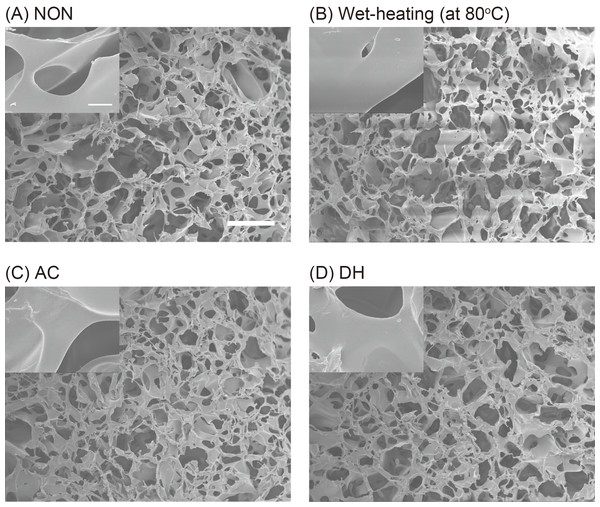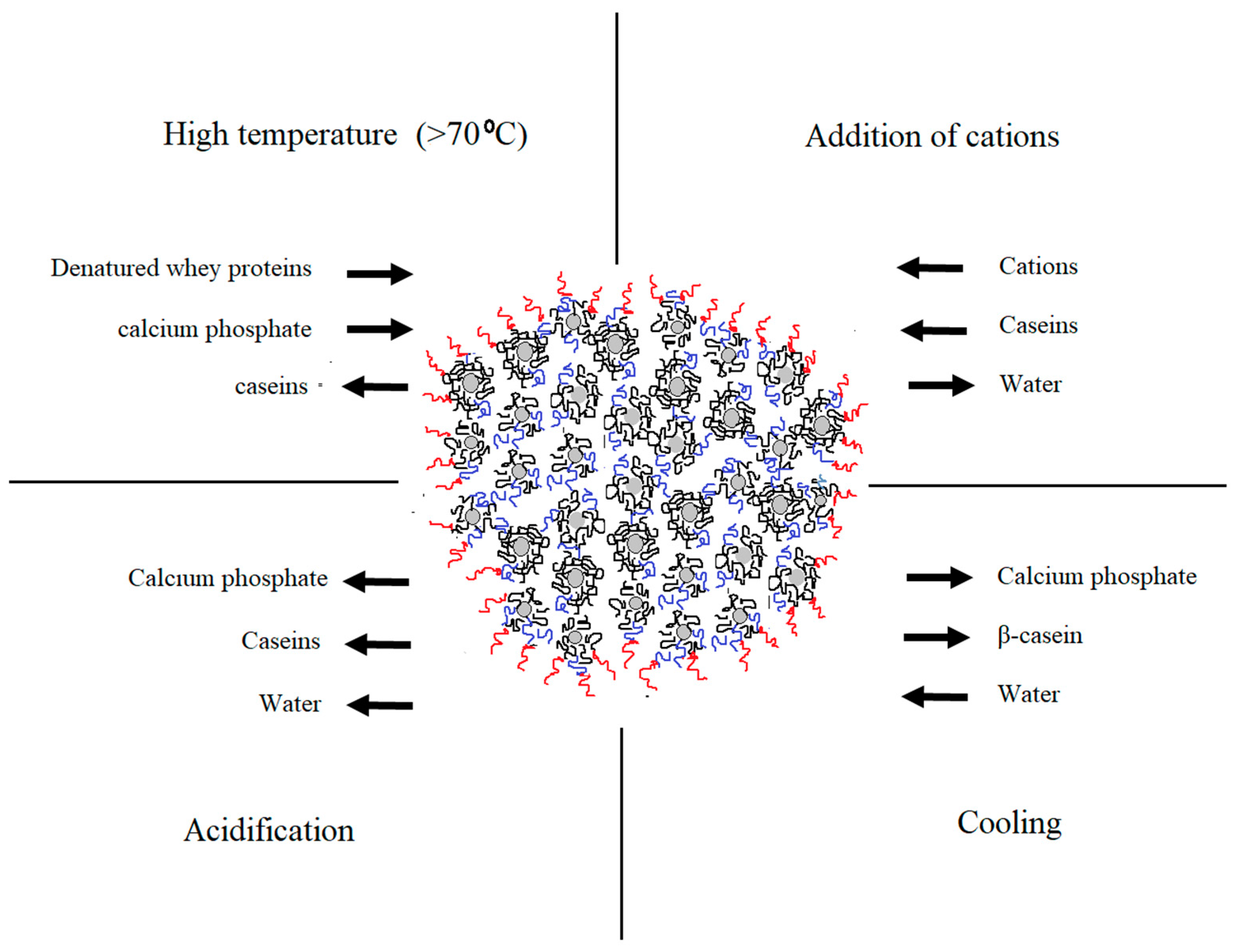

Di-iron RICs: Players in Nitrosative-oxidative Stress Defences. Iron Homeostasis and Iron-Sulfur Cluster Assembly in Frontiers in Molecular Biosciences 2017, 4 New Techniques for Ancient Proteins: Direct Coupling Analysis Applied on Proteins Involved in Iron Sulfur Cluster Biogenesis. Marco Fantini, Duccio Malinverni, Paolo De Los Rios, Annalisa Pastore.Applied and Environmental Microbiology 2017, 83 Anaerobic Copper Toxicity and Iron-Sulfur Cluster Biogenesis in Escherichia coli. Guoqiang Tan, Jing Yang, Tang Li, Jin Zhao, Shujuan Sun, Xiaokang Li, Chuxian Lin, Jianghui Li, Huaibin Zhou, Jianxin Lyu, Huangen Ding.Computational reconstruction reveals a candidate magnetic biocompass to be likely irrelevant for magnetoreception. JBIC Journal of Biological Inorganic Chemistry 2018, 23 The NMR contribution to protein–protein networking in Fe–S protein maturation. Lucia Banci, Francesca Camponeschi, Simone Ciofi-Baffoni, Mario Piccioli.Applied and Environmental Microbiology 2019, 85 Zinc Toxicity and Iron-Sulfur Cluster Biogenesis inĮscherichia coli. Jianghui Li, Xiaojun Ren, Bingqian Fan, Zhaoyang Huang, Wu Wang, Huaibin Zhou, Zhefeng Lou, Huangen Ding, Jianxin Lyu, Guoqiang Tan.Journal of Biomolecular Structure and Dynamics 2019, 37 Comparing protein structures and inferring functions with a novel three-dimensional Yau–Hausdorff method. Kun Tian, Xin Zhao, Yuning Zhang, Stephen Yau.Structural properties of ISCA2-IBA57: a complex of the mitochondrial iron-sulfur cluster assembly machinery. Veronica Nasta, Stefano Da Vela, Spyridon Gourdoupis, Simone Ciofi-Baffoni, Dmitri I.Informatics in Medicine Unlocked 2021, 25, 100698. Genomics and molecular analysis of RPL9 and LIAS in lung cancer: Emerging implications in carcinogenesis. Syrigos, Georgios Lolas, Lebogang Mphahlele, Zukile Mbita. Zodwa Dlamini, Rahaba Marima, Rodney Hull, Konstantinos N.Magnetic field effects on the structure and molecular behavior of pigeon iron–sulfur protein. Shigeki Arai, Rumi Shimizu, Motoyasu Adachi, Mitsuhiro Hirai.: Molecular and mechanistic aspects of the earliest assembly steps. Protein interactions in the biological assembly of iron–sulfur clusters in Francesco Bonomi, Stefania Iametti, Alberto Barbiroli.A Rationally Designed Building Block of the Putative Magnetoreceptor MagR. Peilin Yang, Tiantian Cai, Lei Zhang, Daqi Yu, Zhen Guo, Yuebin Zhang, Guohui Li, Xin Zhang, Can Xie.Occurrence, Classification, and Biological Function of Hydrogenases: An Overview. Spectroscopic and Functional Characterization of Iron-Bound Forms of Azotobacter vinelandiiNifIscA. Journal of the American Chemical Society 2014, 136 Formation of Clusters in the Mitochondrial Iron–Sulfur Cluster Assembly Machinery. Diego Brancaccio, Angelo Gallo, Maciej Mikolajczyk, Kairit Zovo, Peep Palumaa, Ettore Novellino, Mario Piccioli, Simone Ciofi-Baffoni, and Lucia Banci.Journal of the American Chemical Society 2017, 139 Cluster Assembly in Mitochondria and Its Impairment by Copper. Diego Brancaccio, Angelo Gallo, Mario Piccioli, Ettore Novellino, Simone Ciofi-Baffoni, and Lucia Banci.Here we review the current state and clinical validation of these next-generation therapeutics.This article is cited by 62 publications. This includes the abovementioned pioneering examples as well as designed ankyrin repeat proteins (DARPins). However, despite strong interest from basic science, only a handful of those protein scaffolds have undergone biopharmaceutical development up to the clinical stage. In fact, engineered protein scaffolds with useful binding specificities, mostly directed against targets of biomedical relevance, constitute an area of active research today, which has yielded versatile reagents as laboratory tools.

Since then, this concept has expanded considerably, including many other protein templates. Early examples were the Affibody, Monobody (Adnectin), and Anticalin proteins, which were derived from fragments of streptococcal protein A, from the tenth type III domain of human fibronectin, and from natural lipocalin proteins, respectively. The concept of engineering robust protein scaffolds for novel binding functions emerged 20 years ago, one decade after the advent of recombinant antibody technology.


 0 kommentar(er)
0 kommentar(er)
